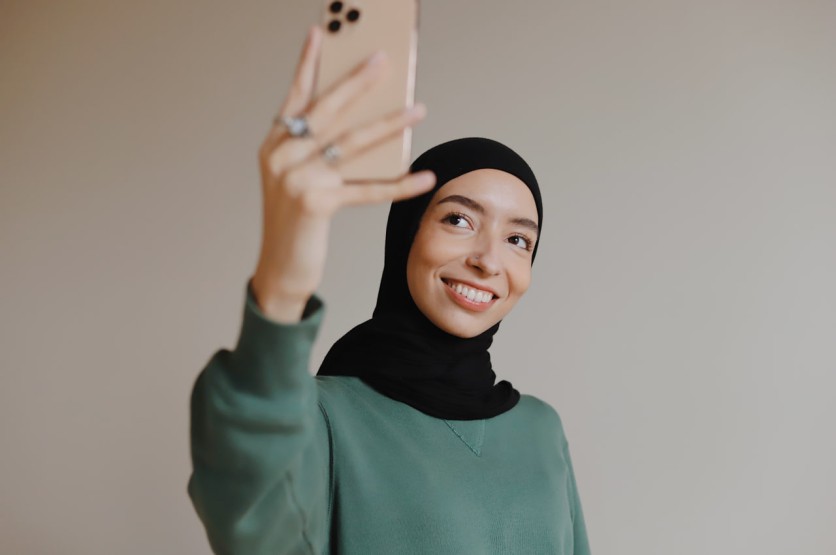
The eyewear industry is seeing a new shift in consumer behavior. Shopping for glasses is no longer limited to in-person stores, and online purchases have risen. A report by SkyQuest found that 12.4 million Americans bought glasses online, a significant spike from 7.6 million in 2019, before the pandemic. However, the experience of shopping for frames online and in stores is still vastly different. Though you can see all sorts of options for eyewear and their prices online, you don't get to see how they suit you. Technology is attempting to bridge this gap by providing virtual try-ons, allowing consumers to see how glasses look on them without having to wear them physically. Here's how virtual try-ons are making eyewear shopping easier:
The power of augmented reality
Virtual try-ons are made possible with augmented reality (AR), which allows users to see computer-generated content with real-world imagery. A typical application of AR is filter technology, commonly seen on apps like Snapchat, TikTok, Instagram, and the like. Filters allow users to view a digital image of the product, giving them a potential view of what the item might look like when worn. It takes the guesswork out of shopping online, which is often a major grievance that leads to disappointment when the product doesn't meet expectations.
Filters significantly help when buying eyewear, as purchasing it online can be a tricky experience. Certain styles may not flatter or fit people's faces, which can be a problem since comfort and style are essential aspects for many because they wear eyewear regularly. Using an AR filter for a virtual try-on can give consumers a near-accurate view of their desired styles, allowing them to choose their favorite option without fuss. The virtual try-on feature from EyeBuyDirect allows users to try on hundreds of glasses online without their homes but without missing out on the flexibility of an in-person purchase. Leveraging AR technology, the potential customer can adjust frame colors, turn their head from side to side to evaluate how they look, and quickly switch to another pair.
Leveraging the online shopping trend
Because the online shopping market has grown immensely, brands recognize the need to appeal to tech-savvy customers. Eyewear businesses can risk losing out on a flourishing market that is primarily using the Internet to shop. LensCrafters has rapidly adopted the latest technologies to guide users on the styles that suit them best. Their virtual mirror tool allows users to try on as many pairs as they want in all colorways, easily flipping between brands.
Besides virtual try-on filters, face scan technology guides people to find eyewear that flatters their faces, personalizing the experience. This tool analyzes shoppers' face shape, size, and facial features to provide a custom selection of frames. Aside from the five primary face shapes, LensCrafters' face scan technology also identifies the appropriate color palette based on skin undertone, hair color, and eye color - identifying the perfect match via color theory.
Online retail giant [Amazon] has also hopped on the virtual try-on trend, partnering with Snapchat to release lenses-or filters-that allows users to view eyewear from various brands. Many of Snapchat's 363 million daily active users are young people, and Amazon's partnership with them has a chance to reach more of the younger generation.
Boosting confidence and business
AR technology and virtual try-ons greatly improve the customer experience. A write-up from AdWeek notes that 69% of consumers would feel more confident about their purchases if they could experience them virtually, and 64% are likely to take advantage of AR features if offered. This is also good for businesses, as 64% of consumers are less likely to return a product they tried on virtually. Most consumers use virtual try-ons for clothing, so eyewear businesses can capitalize on this growing interest in digital tools to keep transactions seamless and efficient. Many people seek glasses they can wear comfortably for a long time and want to look their very best in them. Allowing customers to be more confident in their choice can increase their satisfaction and trust in an eyewear brand, boosting business.





